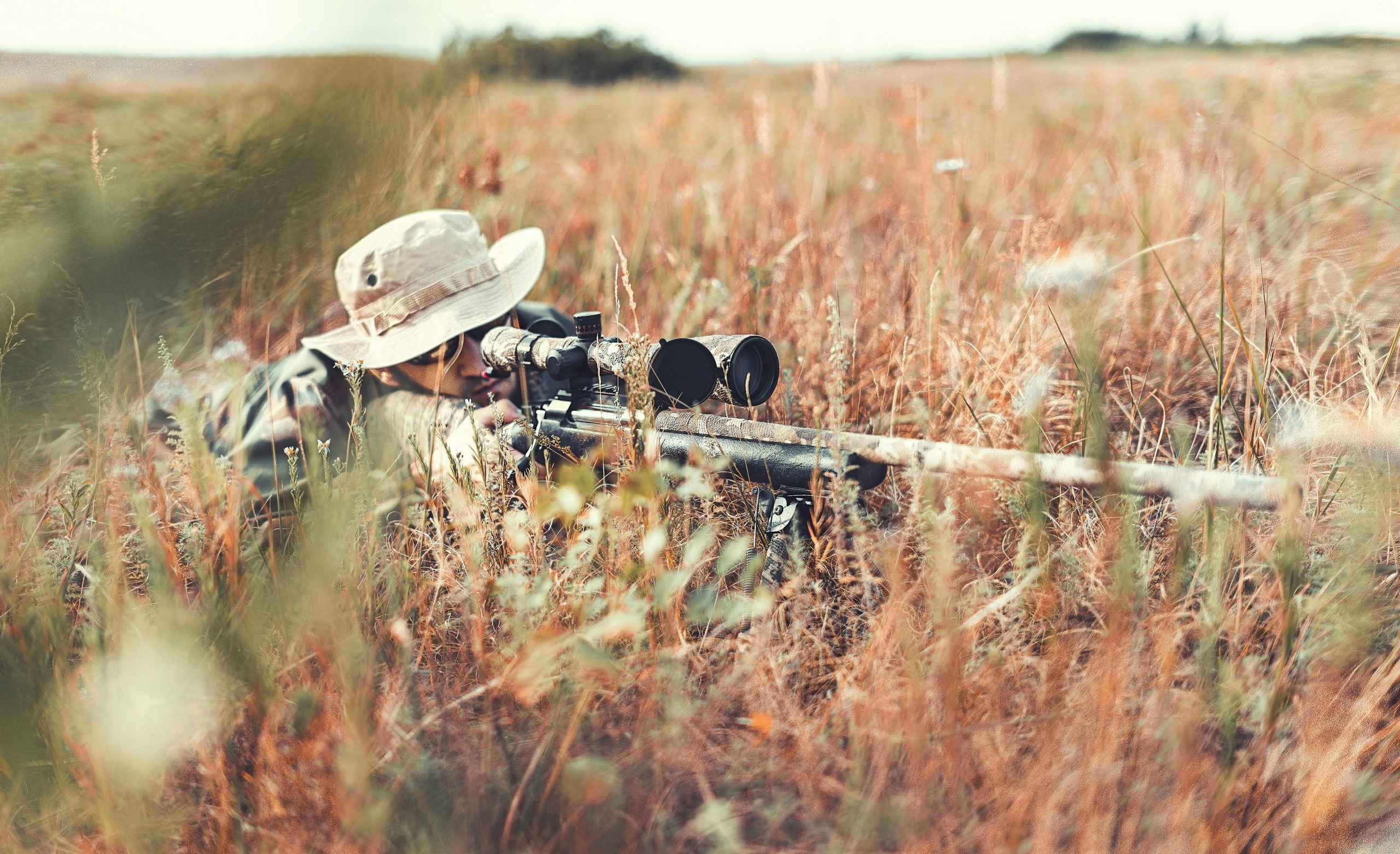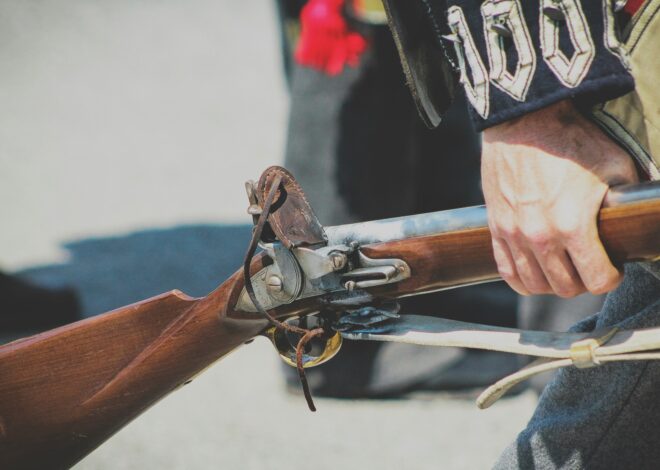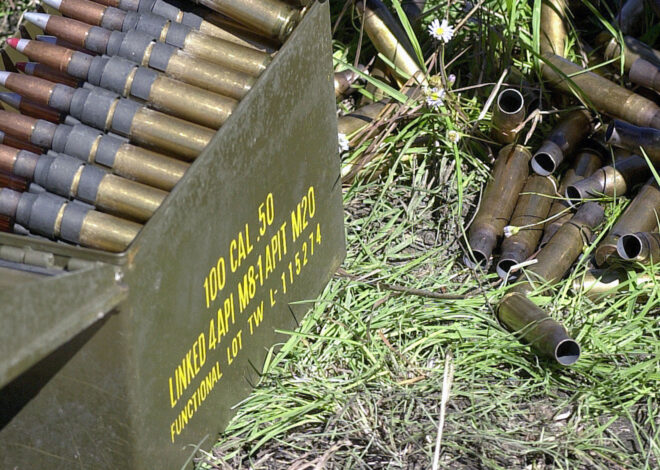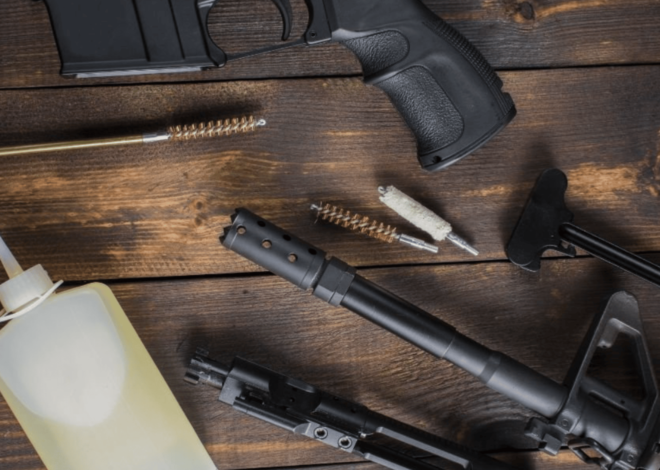
How To Shoot Long Distance
Welcome to our comprehensive guide on how to shoot long distance just like a sniper. Long-distance shooting is not just a test of skill; it’s an art form that combines precision, patience, and practice. Whether you’re pursuing hunting, sport shooting, or simply honing your skills at the range, mastering this discipline can elevate your experience to new heights.
But how do you transition from casual marksmanship to hitting targets at remarkable distances? Fear not! This guide will take you through everything you need to know about long-distance shooting—from picking the right gear to understanding environmental factors.
Let’s dive into the world of long shots and discover what it takes to hit bullseyes while leaving behind those pesky doubts.
The Right Equipment for Long Distance Shooting
Choosing the right equipment can make all the difference in long distance shooting. Start with a quality rifle that suits your style and preferences. Look for one with a good reputation for accuracy.
Next, invest in a reliable scope. A high-magnification optic will help you spot targets clearly at great distances. Consider features like reticle type and adjustable parallax to enhance precision.
Don’t overlook ammunition selection either. Match-grade ammo is designed for optimal performance, ensuring consistency shot after shot. Test different brands to find what works best for your setup.
Accessories play an important role too. Bipods or sandbags stabilize your shots while a rangefinder assists in gauging distance accurately. Together, these tools create a solid foundation for improving your long-range shooting experience.
Mastering the Basics: Stance, Grip, and Breathing Techniques
#1. The Importance of Proper Stance in Shooting
A solid shooting stance is the foundation of accuracy. It provides stability and balance, allowing you to maintain control when firing. Without it, even the best equipment can fail you.
Your feet should be shoulder-width apart. This setup creates a strong base that absorbs recoil effectively. Angle your body slightly toward your target for better alignment.
Additionally, bend your knees slightly to enhance flexibility. A rigid posture can lead to tension and make it harder to follow through after each shot.
Remember, every shooter is unique. Experiment with different stances until you find what feels right for you. Small adjustments can significantly impact performance.
Practice consistently in various positions. The more comfortable you become with your stance, the more confident you’ll feel when aiming at targets downrange.
#2. Mastering the Correct Grip for Consistent Shots
The grip is a crucial element in achieving consistent shots. An improper hold can lead to erratic performance and frustration.
First, ensure that your dominant hand is firmly on the pistol or rifle. Wrap your fingers around the grip while keeping your thumb aligned with the barrel for stability.
Your support hand should complement this hold without overpowering it. Place it against the front of your dominant hand, ensuring both hands work as one cohesive unit.
Pay attention to pressure distribution. Too much force can cause jerking during trigger pull, while too little may result in lack of control.
Practice different grips to find what feels best for you. Remember, every shooter has unique preferences; experimentation will guide you toward a comfortable and effective stance that enhances accuracy.
#3. Breathing Techniques for Improved Accuracy
Breathing plays a crucial role in shooting accuracy. It influences your heart rate and the steadiness of your aim. One effective technique is to use controlled breathing. Inhale deeply through your nose, allowing your diaphragm to expand fully.
Hold for a moment before exhaling gently through your mouth. This helps create calmness and focus. Another method is to time your shot with natural pauses in your breath cycle. After taking a deep breath, let it out halfway before pressing the trigger during the pause that follows.
Avoid shallow or rapid breathing as this can lead to tension. Instead, strive for rhythm and relaxation. Practice these techniques regularly at the range. As you become more comfortable, you’ll notice improved consistency in hitting targets accurately while maintaining composure under pressure.
Understanding Wind and Weather Conditions
Wind and weather significantly impact long-distance shooting. Understanding these elements can enhance your accuracy.
Wind direction is crucial. Crosswinds can push your bullet off target, while headwinds or tailwinds affect speed and trajectory. A gentle breeze might seem negligible, but even slight changes matter when aiming for precision.
Temperature also plays a role. Warmer air is less dense than cooler air, which affects how far the bullet travels. High humidity can have similar effects; moisture in the air may slow down your shot.
Cloud cover influences light conditions too. Bright sunlight can create glare, making it hard to see your target clearly. Overcast skies provide more consistent lighting but may obscure visibility at greater distances.
Stay alert to sudden weather changes during your session as they could alter conditions unexpectedly. Keeping an eye on local forecasts before heading out will help you prepare better for the day ahead.
Finding a Suitable Shooting Range
Choosing the right shooting range is crucial for honing your long-distance shooting skills. Look for ranges that specifically cater to long-range shooters, offering distances of 300 yards or more.
Consider the facilities available. A good range should provide a safe environment, with proper safety measures in place. Check if they have dedicated areas for different types of firearms and shooting practices.
Research the rules and regulations as well. Each range will have its own set of guidelines regarding ammunition types, targets, and hours of operation.
Don’t forget about accessibility. The closer a range is to you, the easier it will be to practice regularly.
Visit potential ranges before committing. Speak with staff members and other shooters; their insights can be invaluable as you make your decision on where to refine your skills.
Tips for Improving Your Accuracy and Consistency
Improving your long-distance shooting accuracy starts with practice. Regularly dedicate time to the range, focusing on different distances and conditions. This consistency builds muscle memory.
Next, analyze each shot you take. Keep a shooting journal to track performance metrics such as group size and environmental factors. Identifying patterns helps refine your technique over time.
Utilizing quality optics is essential for precision. Invest in a reliable scope that allows for clear targeting at various distances.
Don’t underestimate the power of mental focus. Visualize successful shots before pulling the trigger. A calm mind can significantly enhance concentration during critical moments.
Consider dry firing at home to fine-tune your grip and trigger pull without live ammunition. This practice reinforces good habits while minimizing costs associated with live fire training.
Safety Precautions for Long Distance Shooting
Safety is paramount in long-distance shooting. Always treat every firearm as if it’s loaded, even when you believe otherwise. This mindset fosters a culture of safety.
Ensure your shooting area is clear of distractions and potential hazards. A well-defined range helps everyone maintain focus and safety protocols.
Wearing appropriate eye and ear protection is essential. The noise from firearms can be damaging to hearing, while debris can injure your eyes.
Always be aware of your surroundings. Understand the terrain and know where others are positioned at all times. Communication with fellow shooters contributes to a safer environment.
Familiarize yourself with local laws regarding long-range shooting before heading out. Each location may have specific regulations that must be followed to ensure compliance and safety for all involved in the activity.
Common Mistakes to Avoid
One of the most common mistakes in long distance shooting is failing to adjust for elevation. Many shooters overlook how altitude can affect bullet trajectory. Always account for your shooting environment.
Another frequent error is neglecting proper eye relief. A scope that isn’t positioned correctly can lead to discomfort and poor accuracy. Ensure you have the right setup before taking aim.
Many beginners also forget about consistent breathing techniques. Holding your breath or rushing through this critical step can cause significant disruptions in shot placement.
Don’t underestimate the importance of practice without distractions. Shooting under pressure during competitions or with a group may not reflect your true potential unless you train in similar conditions beforehand. Focus on honing your skills alone and then gradually introduce external factors when you’re ready.
Putting It All Together: Practice Makes Perfect
Now that you’ve honed your stance, grip, and breathing techniques, it’s time to integrate them into your shooting routine. Practice is where the magic happens.
Start by dedicating specific sessions just for these fundamentals. Focus on each element individually before combining them. This will help reinforce muscle memory.
Consider using drills that challenge different aspects of your skills. Work with a partner or coach who can offer feedback and identify areas for improvement.
It’s beneficial to film yourself during practice as well; this provides insight into your technique from an outside perspective.
Remember that consistency beats intensity when it comes to skill development. Regularly revisit the basics even as you advance in complexity.
Celebrate small victories along the way—whether it’s hitting targets more consistently or feeling more comfortable with your stance—and keep pushing forward!
Take Your Shooting Skills to the Next Level
To elevate your shooting skills, consistency is key. Continually practice the fundamentals of stance, grip, and breathing. These elements are not just technicalities; they form the foundation of your shooting proficiency.
Seek out opportunities to train regularly. Whether you’re at a range or practicing in a controlled environment, repetition will help solidify these techniques into muscle memory. Additionally, consider getting feedback from experienced instructors who can offer personalized insights tailored to your style.
Experiment with different stances and grips to find what feels most comfortable for you while still adhering to proper technique. Remember that everyone has unique attributes that influence their shooting performance.
Incorporating mental training alongside physical practice can also enhance your abilities significantly. Visualization techniques can prepare you mentally for each shot and build confidence in your skills.
As you refine these basics, don’t shy away from challenging yourself with various drills or competitions. Pushing beyond your comfort zone helps facilitate growth and improvement over time.
Stay committed to honing these foundational skills, as they’ll serve as a reliable toolkit throughout any level of shooting experience you pursue next!
Conclusion
Long distance shooting is a skill that combines precision, patience, and practice. With the right equipment and an understanding of fundamental techniques, anyone can improve their performance in this exciting discipline. Mastering your stance, grip, and breathing will set a solid foundation for success.
Factor in environmental conditions like wind and weather to enhance your accuracy further. Finding a suitable shooting range will provide you with the space to hone your skills without distractions. Consistent practice is key; always look for ways to refine your technique.
Safety should never be overlooked when engaging in long-distance shooting. Stay aware of common mistakes that can disrupt focus or lead to accidents.
As you grow more confident in your abilities, consider participating in competitions or enrolling in training courses designed for advanced shooters. These experiences can challenge you while pushing the boundaries of what you’re capable of achieving.
Embrace the journey ahead as you explore how to shoot long distance effectively!



